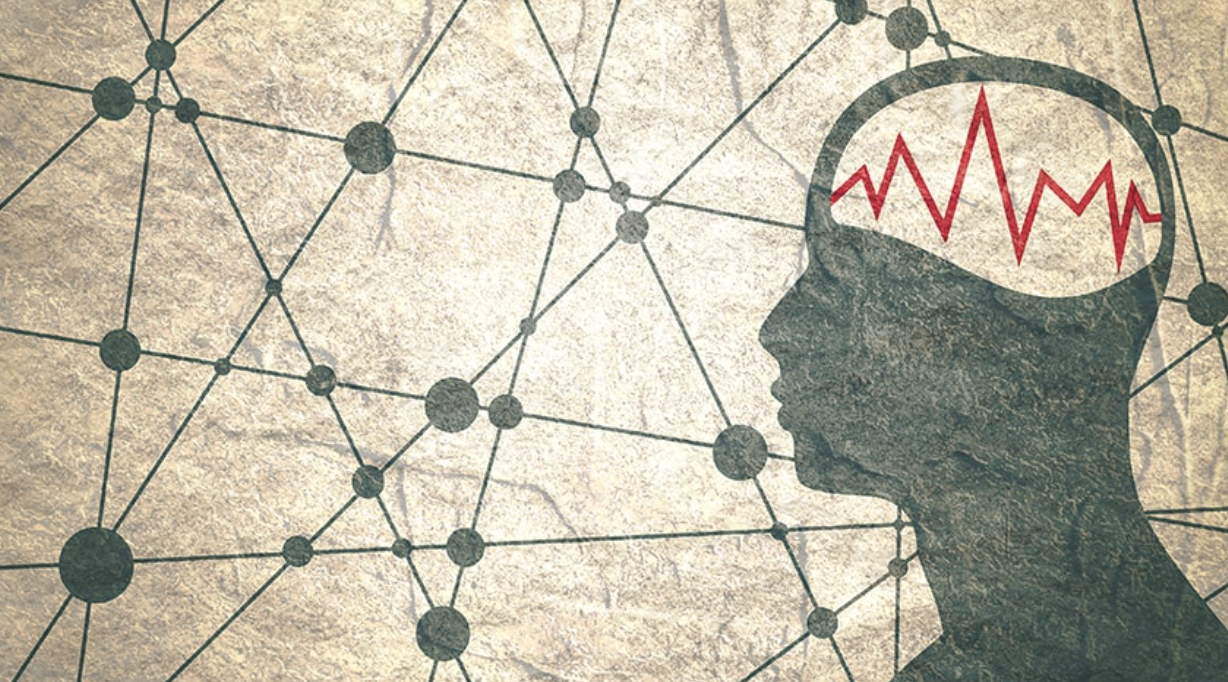
Nearly 6 million Americans have bipolar disorder, and most have probably wondered why. After more than a decade of studying over 1,100 of them in-depth, a University of Michigan team has an answer — or rather, seven answers.
MORE FROM THE LAB: Subscribe to our weekly newsletter
In fact, the team says, no one genetic change, chemical imbalance or life event lies at the heart of every case of the mental health condition once known as manic depression.
Rather, every patient’s experience with bipolar disorder varies from that of others with the condition. But all of their experiences include features that fall into seven classes of phenotypes, or characteristics that can be observed, the team reports in a new paper in the International Journal of Epidemiology.
The team, from U-M’s Heinz C. Prechter Bipolar Research Program, collected and analyzed tens of thousands of data points over years about the genetics, emotions, life experiences, medical histories, motivations, diets, temperaments and sleep and thought patterns of research volunteers. More than 730 had bipolar disorder, and 277 didn’t. Three-quarters were active research participants in the Longitudinal Study of Bipolar Disorder.
Using those findings, the team developed a framework that could be useful to researchers studying the condition, clinical teams treating it and patients experiencing it. The team hopes it will give them all a common structure to use during studies, treatment decisions and more.
“There are many routes to this disease and many routes through it,” says Melvin McInnis, M.D., lead author of the paper and head of the program based at the U-M Depression Center. “We have found that there are many biological mechanisms that drive the disease and many interactive external influences on it. All of these elements combine to affect the disease as patients experience it.”
The Prechter program is named for a Detroit automotive pioneer who fought bipolar disorder even as he built a successful business.
Long-term funding from this program has made it possible to build a massive library of data from the Prechter cohort of patients, which is two-thirds female and 79 percent white with an average age at enrollment in the study of 38 years. On average, participants had their first depressive or manic episode at age 17. Many had other mental health conditions.
"There are many routes to this disease and many routes through it."
Melvin McInnis, M.D.
Seven classes and the key findings that shaped them
The seven phenoclasses, as the U-M team has dubbed them, include standard measures doctors already use to diagnose and track the progress of bipolar disorder.
SEE ALSO: How Research Brightens the Bipolar Disorder Outlook
In addition, they include:
- Changes in cognition, which includes thinking, reasoning and emotion processing
- Psychological dimensions such as personality and temperament
- Measures of behaviors related to substance use or abuse — called motivated behaviors
- Aspects of the person’s life involving family, intimate relationships and traumas
- Patterns of sleep and circadian rhythms
- Measures of how patients’ symptoms change over time and respond to treatment
Some of the key findings the U-M team made in the Prechter cohort include:
- Migraine headaches are 3½ times more common among people with bipolar disorder than those without. Eating disorders, anxiety disorders and alcohol problems are also more common in those with bipolar disorder, as is metabolic syndrome.
- More people with bipolar disorder have a history of childhood trauma than those without the condition. It is associated with changes in self-control and attention.
- People with bipolar disorder had higher levels of saturated fats in their diets, and the research also found associations between levels of certain fat molecules in the blood of patients and their mood or level of symptoms.
- Looking at the microbes living in the gastrointestinal tracts of patients and comparison volunteers, the researchers found lower levels of a key bacteria type and less diversity of microbes in patients taking antipsychotic medications.
- Poor sleep appears to play a key role in bipolar disorder, with links found to severity of depression and mania in female, but not male, participants with the condition. Other gender differences emerged in other aspects of the study.
- People with bipolar disorder who have a strong neurotic tendency in their personalities are more likely to have severe illness, especially among men.
- A range of cognitive abilities — including memory, executive functioning and motor skills — were poorer in participants with bipolar disorder than those without, in general. The study also found a link between the cognitive abilities of people who carried a particular genetic trait and were taking newer antipsychotic medicines.
- Two genes, called CACNA1 and ANK3, appear to play a role in susceptibility to developing bipolar disorder. But many genetic variations have been found to be associated with bipolar risk, and more recent findings have explored the role of having a mix of these variations in the chances a person will develop bipolar disorder.
- Stem cells grown from skin samples taken from participants, and then coaxed to grow into nerve cells called neurons, have proved useful in studying cellular aspects of bipolar disorder. For instance, neurons derived from bipolar patients’ cells were more excitable than comparisons — but calmed down when exposed to lithium, a common treatment for bipolar disorder. Also, the cells show differences in how they interact and function.
- Key features of speech patterns predict mood states and may be useful outcome measures to predict the need for intervention to prevent episodes of mania or depression.
Although bipolar disorder tends to run in families, the long-term study revealed no one gene explains it, says McInnis, who is the Woodworth Professor of Bipolar Disorder and Depression in the U-M Medical School’s Department of Psychiatry.
“If there was a gene with a strong effect like what we see in breast cancer, for instance, we would have found it,” he explains. “We hope this new framework will provide a new approach to understand this disorder, and other complex diseases, by developing models that can guide a management strategy for clinicians and patients and give researchers consistent variables to measure and assess.”
He adds, “Bipolar disorder has a lot to teach humankind about other illnesses because it covers the breadths of human mood, emotion and behavior like no other condition. What we can learn in bipolar about all these factors will be directly applicable to monitoring other disorders and personalizing the approach to managing them.”
The Prechter Bipolar Research Program is still recruiting participants for its long-term study and accepting donations from those who want to help the research move forward. More information is available at PrechterProgram.org.



